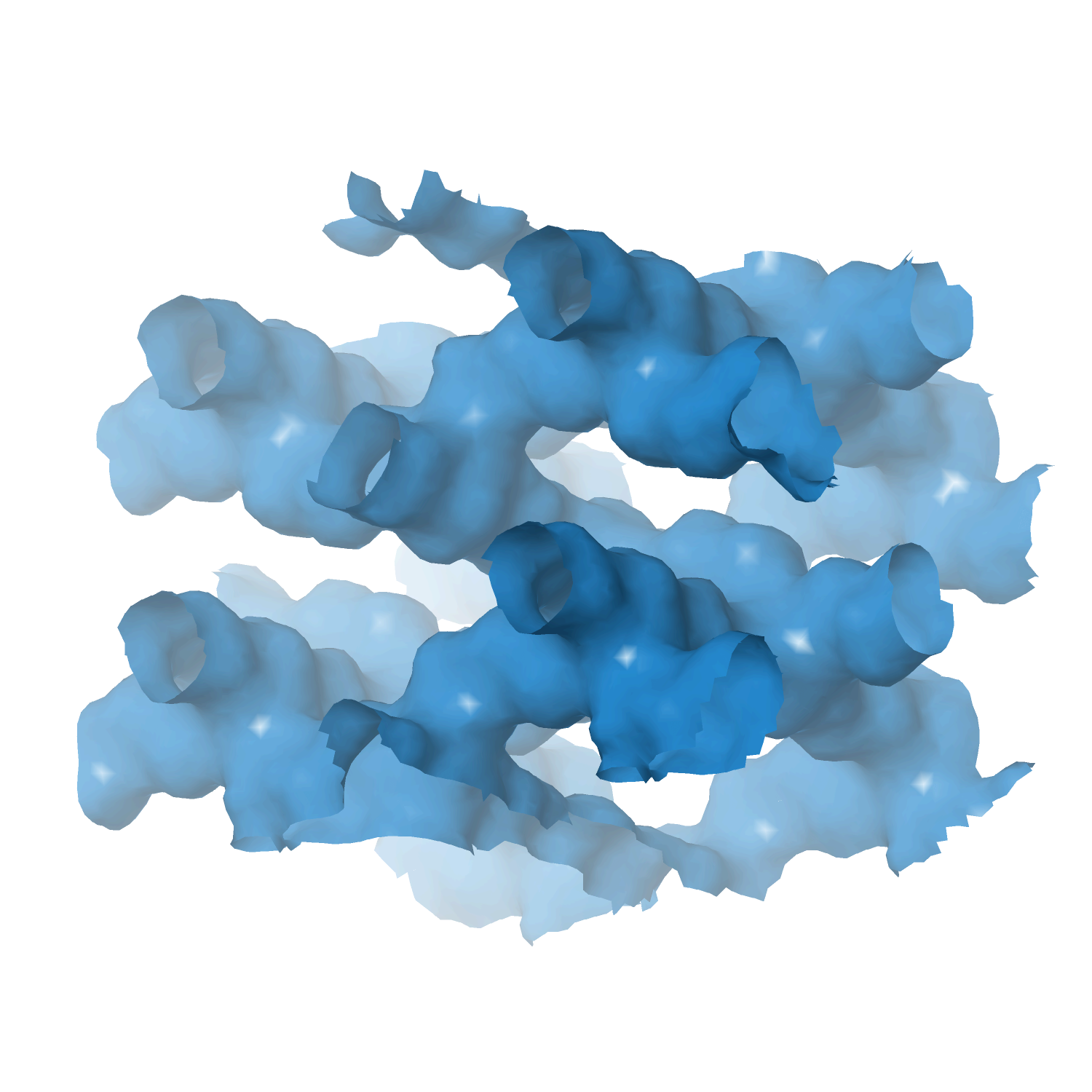Heterogeneous catalyst engineering ⇒ from stable and deactivation resistant to viable technical catalyst
Advances in heterogeneous catalyst “structure” are driven to improve their “function” or performance, i.e., activity, selectivity, and stability. Cooperative research is required to understand the structure and function relationships: developing new synthesis protocols for heterogeneous catalysts with unique surface properties, defined porosity, identification and understanding of catalytically active sites, reaction mechanisms, and finally, prediction and analysis of the processes using various computational tools.
Our group focuses on developing new catalyst formulations using innovative synthesis routes for various important heterogeneous catalysts. That includes thermal, electro, and bio-electro catalysis.
The active phase cannot be used directly in its final application or reactor for various reasons, including poor mechanical resistance, heat or mass transport, and fluidization features. We must mix the active phase with other ingredients in a matrix of binder and filler, while we shape it into a technical catalyst. We investigate new synthetic protocols for technical catalysis using spray drying and fluidized beds to cover the whole range of sizes. At the same time, we incorporate additional (unconventional) ingredients such as SiC to improve some features even further.
- Technical catalyst I ⇒ spray drying and extrusion
- Technical catalyst II ⇒ spray fluidized bed reactor
- Technical catalyst III ⇒ electrospinning
- Zeolite catalysts ⇒ with defined structure/porosity
- Multi-metal (high entropy) alloy catalysts
- MXene catalysts ⇒ single and multi-dimensional
- Perovskite catalysts
- Metal-organic framework (MOFs) catalysts
- Supported metal/metal-oxide catalysts
- Aerogel catalyst
Shaping technical catalyst particles in a bottom-spray fluidized bed
by
Alkadhem, Kulkarni, Hoffmann, Zapater, Musteata, Tsotsas, Mohamed, Castaño
Powder Tech.
Year:
2024
DOI:
https://doi.org/10.1016/j.powtec.2024.119602
Abstract
This work aims to elucidate the particle growth mechanism during agglomeration using a bottom-spray fluidized bed process to produce technical catalysts. The influences of the fundamental operating parameters of the granulation process were investigated through (i) experiments in a newly designed small-scale bottom-spray fluidized bed reactor, (ii) morphological characterization of the catalytic particles produced, (iii) dimensionless number analysis, and (iv) principal component analysis. These results could define the growth stage as dust formation, seed formation, agglomeration, and dust integration or layering. The particle growth mechanism results from the complex interplay of several effects and forces (mass transfer, viscous force, inertial force, surface tension, and gravity), and the prevailing growth stage can be linked with the Weber (We) and capillary (Ca) numbers (i.e., low values of We = 5.7 and Ca = 1.4 leads to layering growth and high values of We = 19.1 and Ca = 7.1 results in dust formation).
Keywords
CRE
HCE
